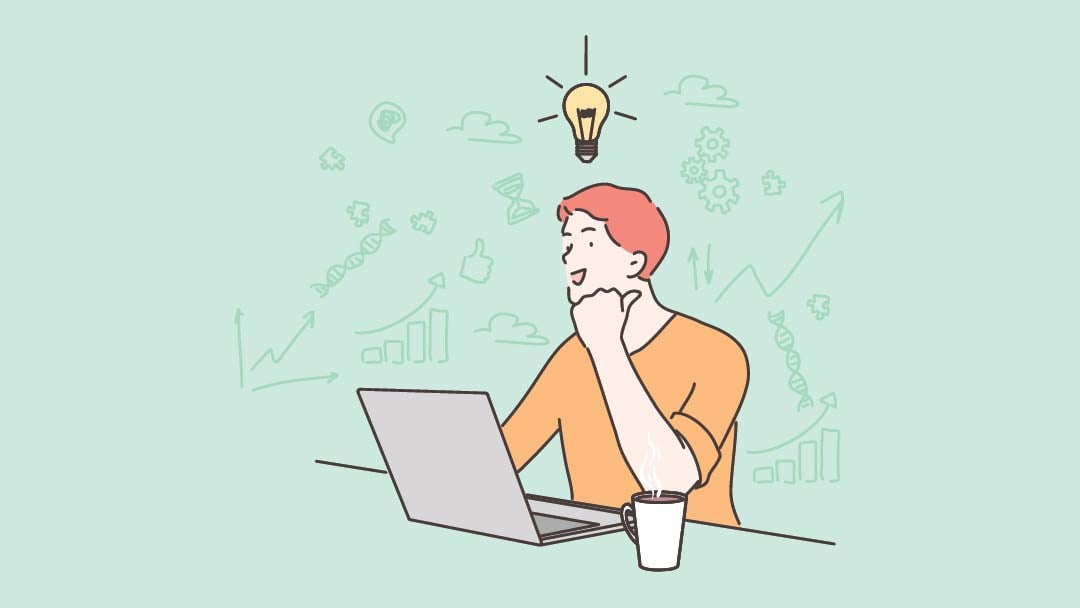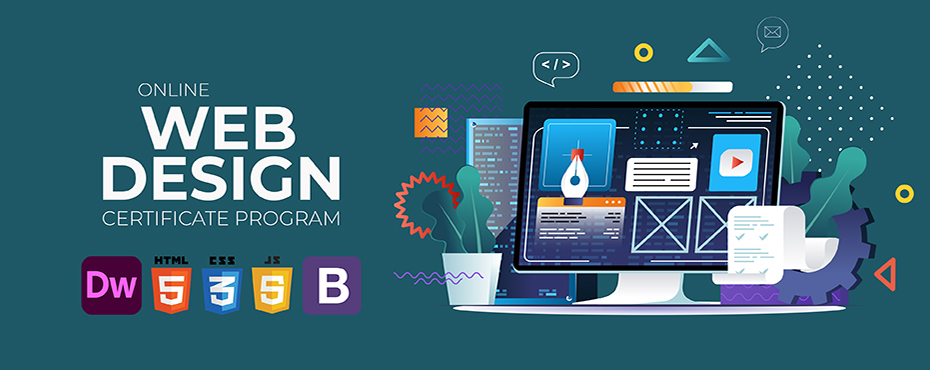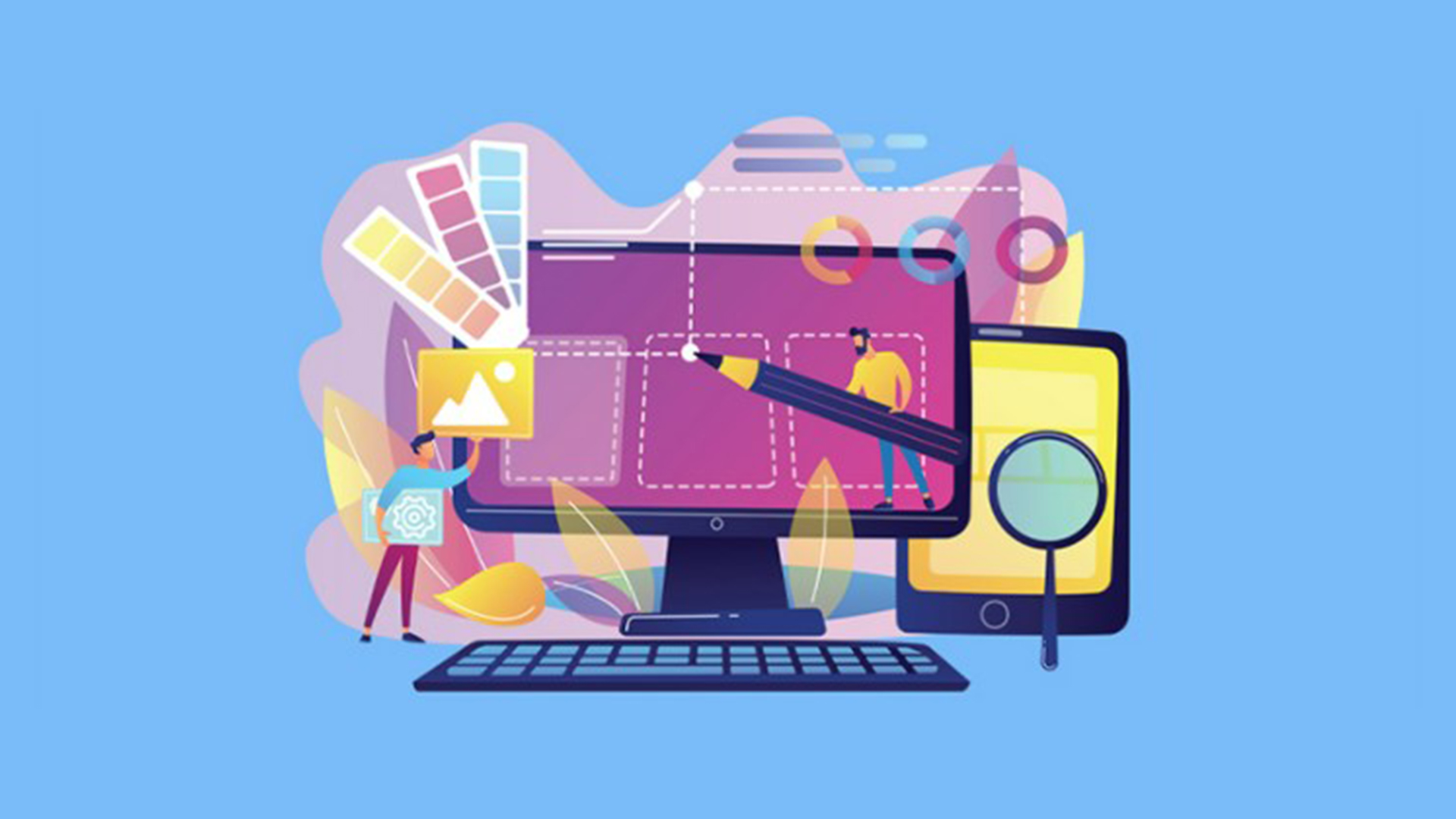All Categories
Featured
Table of Contents
- – Custom Website Design And Marketing - Inmotion...
- – Web Design - Website Design Tutorials, Articl...
- – Penner Home - Durham Web Design - Penner Web ...
- – Web Design Company In Orlando, Florida And Ba...
- – Web Design Services - Verizon Small Business ...
- – Ciw Web Design Series Tips and Tricks:
- – Web Design Courses & Tutorials - Codecademy ...
- – What Does A Web Designer Do? - Careerexplore...
- – The Leader In Website Design – Squarespace T...
- – Powderkeg: Web Design Madison, Wi Tips and T...
- – Why Is Web Design Important? - 6 Reasons To ...
Custom Website Design And Marketing - Inmotion Hosting Tips and Tricks:
Quick summary Use and the energy, not the visual design, identify the success or failure of a site. Given that the visitor of the page is the only person who clicks the mouse and for that reason decides everything, user-centric design has developed as a standard approach for successful and profit-oriented web design - web design frederick md.
and the utility, not the visual style, figure out the success or failure of a website. Because the visitor of the page is the only person who clicks the mouse and therefore decides everything, user-centric design has ended up being a standard approach for successful and profit-oriented web design. After all, if users can't utilize a feature, it may too not exist.
g. where the search box ought to be positioned) as it has currently been carried out in a variety of articles; rather we concentrate on the techniques which, used effectively, can cause more advanced style decisions and simplify the procedure of perceiving presented information. Please observe that you may be thinking about the usability-related posts we have actually published prior to: Concepts Of Great Site Style And Efficient Web Design Standards, In order to use the concepts correctly we first require to understand how users connect with sites, how they believe and what are the basic patterns of users' behavior.
Web Design - Website Design Tutorials, Articles And Free Stuff Tips and Tricks:
Visitors glance at each new page, scan a few of the text, and click on the first link that catches their interest or vaguely looks like the important things they're searching for. In fact, there are big parts of the page they do not even look at. Many users browse for something interesting (or useful) and clickable; as quickly as some appealing prospects are discovered, users click.
If a page supplies users with top quality content, they are prepared to jeopardize the material with advertisements and the design of the site. This is the reason not-that-well-designed sites with top quality material acquire a great deal of traffic over years. Content is more vital than the style which supports it.

Really simple concept: If a site isn't able to meet users' expectations, then designer stopped working to get his task done appropriately and the company loses cash. The higher is the cognitive load and the less instinctive is the navigation, the more prepared are users to leave the website and search for options.
Penner Home - Durham Web Design - Penner Web Design ... Tips and Tricks:
Neither do they scan webpage in a direct style, going sequentially from one site area to another one. Instead users satisfice; they select the first affordable choice. As quickly as they discover a link that appears like it may result in the goal, there is an excellent opportunity that it will be immediately clicked.
It doesn't matter to us if we understand how things work, as long as we can use them. If your audience is going to imitate you're developing signboard, then design fantastic signboards." Users want to be able to control their browser and rely on the consistent data discussion throughout the site.
If the navigation and website architecture aren't intuitive, the number of concern marks grows and makes it harder for users to understand how the system works and how to get from point A to point B. A clear structure, moderate visual ideas and quickly recognizable links can assist users to discover their path to their aim.
Web Design Company In Orlando, Florida And Bangor, Maine Tips and Tricks:

Given that users tend to check out websites according to the "F"-pattern, these three declarations would be the very first aspects users will see on the page once it is packed. The design itself is easy and instinctive, to understand what the page is about the user needs to browse for the answer.
As soon as you've accomplished this, you can communicate why the system works and how users can gain from it. People won't utilize your web website if they can't discover their method around it. 2. Don't Squander Users' Patience, In every project when you are going to use your visitors some service or tool, attempt to keep your user requirements very little.
First-time visitors want to, not filling long web types for an account they may never use in the future. Let users check out the site and find your services without requiring them into sharing personal data. It's not affordable to require users to get in an e-mail address to test the function.
Web Design Services - Verizon Small Business Essentials Tips and Tricks:
Stikkit is an ideal example for an easy to use service which needs practically absolutely nothing from the visitor which is inconspicuous and soothing. Which's what you desire your users to feel on your web site. Obviously, Termite needs more. However the registration can be carried out in less than 30 seconds as the form has horizontal orientation, the user does not even require to scroll the page.
A user registration alone is enough of an obstacle to user navigation to cut down on inbound traffic. Handle To Focus Users' Attention, As sites provide both fixed and dynamic content, some aspects of the user interface attract attention more than others do.
Focusing users' attention to particular areas of the website with a moderate use of visual elements can assist your visitors to obtain from point A to point B without thinking of how it actually is expected to be done. The less question marks visitors have, the they have and the more trust they can establish towards the company the site represents.
Ciw Web Design Series Tips and Tricks:
4. Make Every Effort For Function Exposure, Modern website design are typically slammed due to their technique of guiding users with visually appealing 1-2-3-done-steps, big buttons with visual results and so on. But from the style perspective these components really aren't a bad thing. On the contrary, such as they lead the visitors through the website material in a very simple and user-friendly method.
The site has 9 primary navigation alternatives which are noticeable at the first glance. What matters is that the content is well-understood and visitors feel comfortable with the way they communicate with the system.
Rather a price: just what visitors are looking for. An optimal option for reliable writing is touse brief and succinct phrases (come to the point as quickly as possible), use scannable layout (categorize the material, utilize several heading levels, utilize visual elements and bulleted lists which break the circulation of consistent text blocks), use plain and unbiased language (a promotion does not need to sound like advertisement; provide your users some affordable and objective reason why they must use your service or remain on your site)6.
Web Design Courses & Tutorials - Codecademy Tips and Tricks:
Users are seldom on a website to delight in the design; furthermore, for the most part they are trying to find the information regardless of the design - web design frederick md. Aim for simpleness instead of complexity. From the visitors' viewpoint, the very best website design is a pure text, with no ads or more content obstructs matching precisely the query visitors utilized or the material they've been trying to find.
Finch plainly presents the details about the site and offers visitors an option of alternatives without overcrowding them with unnecessary material. 7. Do not Hesitate Of The White Area, Actually it's actually difficult to overestimate the importance of white space. Not just does it assist to for the visitors, however it makes it possible to view the information provided on the screen.
Complex structures are harder to read, scan, evaluate and deal with. If you have the option in between separating 2 style sections by a visible line or by some whitespace, it's normally much better to utilize the whitespace solution. (Simon's Law): the much better you manage to supply users with a sense of visual hierarchy, the much easier your content will be to perceive.
What Does A Web Designer Do? - Careerexplorer Tips and Tricks:
The exact same conventions and guidelines should be used to all elements.: do the most with the least quantity of cues and visual components. Clearness: all parts should be designed so their significance is not uncertain.
Conventions Are Our Pals, Conventional style of site aspects does not lead to a boring website. In reality, as they lower the discovering curve, the requirement to determine how things work. It would be a functionality problem if all websites had various visual discussion of RSS-feeds. That's not that different from our routine life where we tend to get utilized to basic principles of how we organize data (folders) or do shopping (positioning of items).
comprehend what they're getting out of a site navigation, text structure, search placement etc. A common example from use sessions is to translate the page in Japanese (presuming your web users don't understand Japanese, e. g. with Babelfish) and provide your use testers with a task to find something in the page of various language.
The Leader In Website Design – Squarespace Tips and Tricks:
Test Early, Test Frequently, This so-called TETO-principle should be applied to every web design task as usability tests frequently supply into considerable issues and problems related to a given design. Test not too late, not too little and not for the incorrect reasons.
Some important points to remember: according to Steve Krug, and screening one user early in the job is better than testing 50 near the end. Accoring to Boehm's very first law, mistakes are most frequent during requirements and design activities and are the more pricey the later they are gotten rid of.
That means that you develop something, test it, repair it and after that check it again. There might be problems which have not been found throughout the very first round as users were almost obstructed by other issues. usability tests. Either you'll be pointed to the problems you have or you'll be indicated the absence of significant design defects which remains in both cases an useful insight for your project.
Powderkeg: Web Design Madison, Wi Tips and Tricks:

This holds for designers also. After you have actually worked on a site for few weeks, you can't observe it from a fresh viewpoint any longer. You understand how it is constructed and for that reason you understand exactly how it works you have the knowledge independent testers and visitors of your website would not have.
It can be linked to other areas such as graphic design, user experience, and multimedia arts, but is more aptly seen from a technological standpoint. It has actually ended up being a big part of people's daily lives. It is hard to imagine the Internet without animated graphics, various styles of typography, background, videos and music.

During 1991 to 1993 the World Wide Web was born. Text-only pages might be seen utilizing a simple line-mode browser. There had actually been no integrated method to graphic style components such as images or sounds.
Why Is Web Design Important? - 6 Reasons To Invest In Site ... Tips and Tricks:
The W3C was created in October 1994 to "lead the Web to its complete potential by developing common protocols that promote its development and guarantee its interoperability." This dissuaded any one business from monopolizing a propriety internet browser and programs language, which might have altered the effect of the Internet as a whole.
As this has actually occurred the technology of the web has actually also moved on. There have actually likewise been significant modifications in the way people utilize and access the web, and this has actually changed how websites are created. Since the end of the internet browsers wars [] new web browsers have actually been launched. Much of these are open source suggesting that they tend to have quicker development and are more helpful of brand-new requirements.
Learn more about Lovell Media Group LLC or TrainACETable of Contents
- – Custom Website Design And Marketing - Inmotion...
- – Web Design - Website Design Tutorials, Articl...
- – Penner Home - Durham Web Design - Penner Web ...
- – Web Design Company In Orlando, Florida And Ba...
- – Web Design Services - Verizon Small Business ...
- – Ciw Web Design Series Tips and Tricks:
- – Web Design Courses & Tutorials - Codecademy ...
- – What Does A Web Designer Do? - Careerexplore...
- – The Leader In Website Design – Squarespace T...
- – Powderkeg: Web Design Madison, Wi Tips and T...
- – Why Is Web Design Important? - 6 Reasons To ...
Latest Posts
Web Design Definition - Techterms Tips and Tricks:
Arch Web Design: Top-rated Web Design Agency For Saas ... Tips and Tricks:
Collaborate & Create Amazing Graphic Design For Free Tips and Tricks:
More
Latest Posts
Web Design Definition - Techterms Tips and Tricks:
Arch Web Design: Top-rated Web Design Agency For Saas ... Tips and Tricks:
Collaborate & Create Amazing Graphic Design For Free Tips and Tricks: